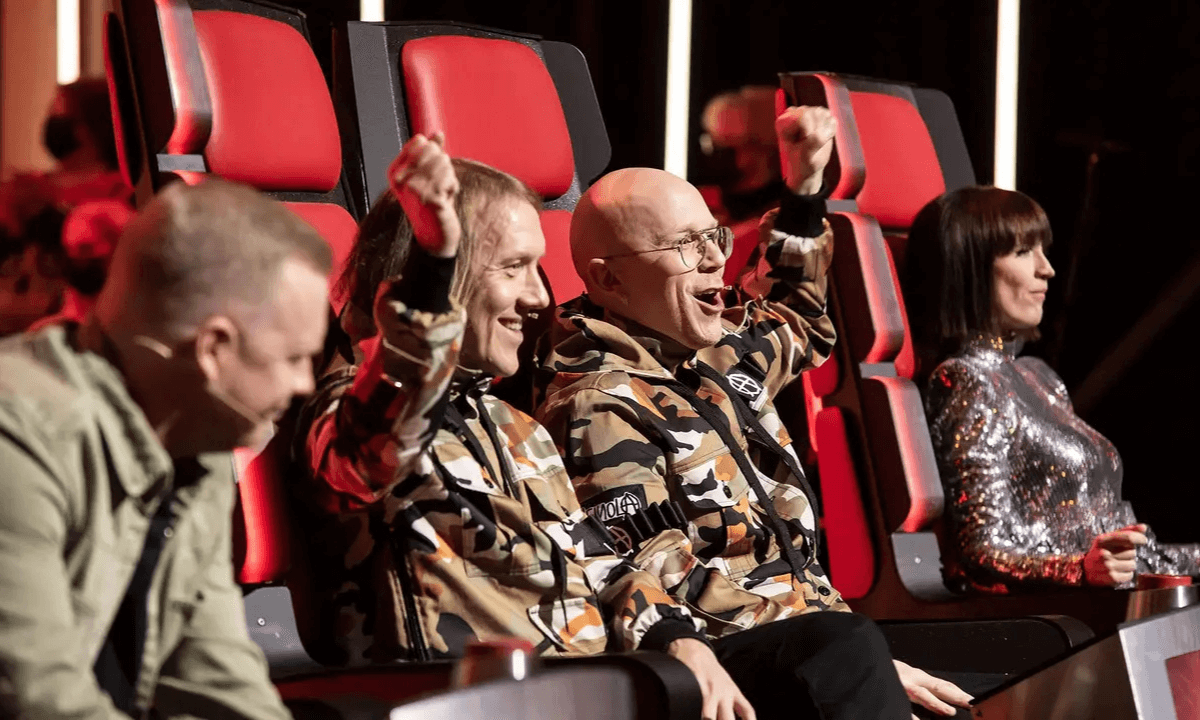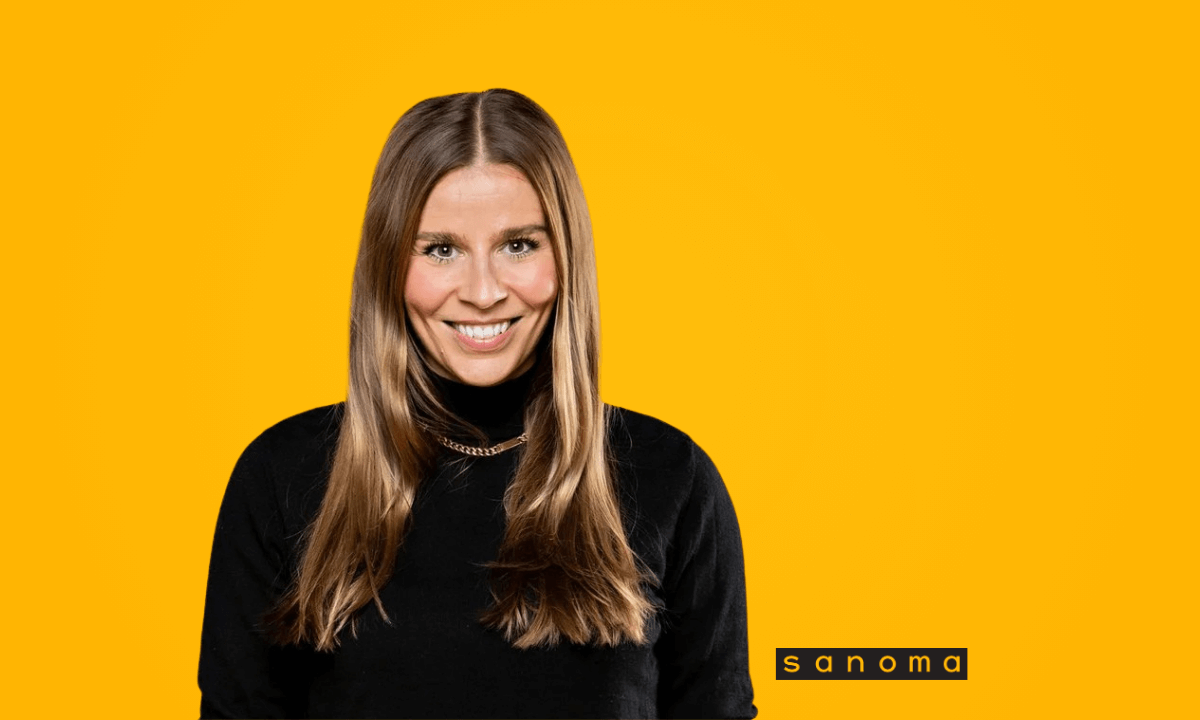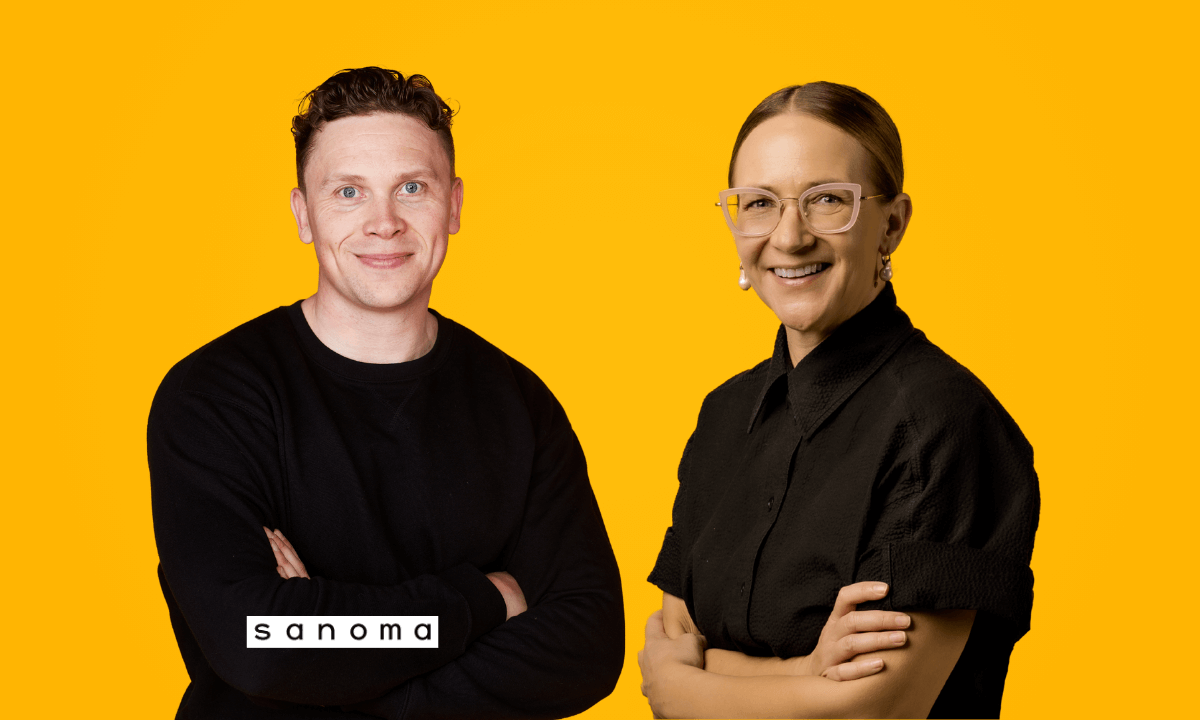Invisible handcuffs prevent brands from being inclusive and standing out, says Professor Jonathan Wilson
The road to success is paved with difficult conversations, authenticity, and getting a little crazy.
“During Covid-19, I noticed that a lot of things we see online have become boring. Not just what we had to witness in Teams meetings but in advertising as well,” says Professor Jonathan Wilson, an award-winning academic specialized in advertising, branding, and communication. “Suddenly people were clocking up to 12 hours of video calls and just feeling like zombies.”
The increase of online meetings, he says, made everyone a content creator. As a result, brands started to think that they didn't have to spend as much money on quality content.
“The things we were creating just lacked energy. It was almost like brands would create content out of necessity, and due to lack of resources, there was no quality control.”
But now that we’re getting out of the Covid 19 –slump, why do so many brands still fail to make an impact?
Branding starts inside the organization
We all know that finding ways to stand out is difficult. According to Prof. Wilson, good branding is a mix of creativity, inclusivity, and employer branding. The key to a strong brand is to get more people involved.
“We need to help people find their voice, sense of belonging, integrity, and authenticity. That’s how we create engagement, both inside the organization and with our brand,” he states.
“Our cultural frame of reference and background affect the way we see things. If we don’t include people from different backgrounds, we only see and make things from a single perspective.”
On top of a lost sense of community, there’s also the debate about who has the right to talk about certain things. The line between inclusion and appropriation is thin, and many marketers have started to think it’s better to be safe than sorry.
“We're all wrestling with a world full of biases and negativity, which is why ‘the invisible handcuffs’ stay on. This is further proof why branding needs to start inside the organization.”
According to Prof. Wilson, transparency is the way to go.
“Branding and advertising are in many ways like theatre. When people see behind the curtain, they feel that they're on stage as well. As we start to include people and then authentically show up as an organization and as a brand, we gain the audience’s trust.”
It’s time to have some difficult conversations
Prof. Wilson reminds us that inclusivity is not just about physical identifiers. That's only part of the puzzle – the other side is talking about things like gender, race, religion, and politics.
“To be a brand is to be a leader. But fear prevents us from having these conversations in our organizations. We need to encourage people to be open and give hope that after these discussions we're going to be in a better place. Also, if you do anything with the intention of making a change, you need to accept that you or someone else might be offended and tolerate that,” he says.
People should also be allowed to make more mistakes and learn from those mistakes.
“Canceling is something we're going through now. A lot of brands and people have been canceled. In the future, we might have to take a step back. Otherwise, everybody loses if everything's canceled.”
Prof. Wilson encourages the use of things like comedy, music, and food to make environments a little bit more pleasant to have unpleasant conversations.
“In the end, it’s always worth it. If every brand avoids race, religion, and politics, but there's one brand that pulls it off, they go to the top of the pile. Then everybody copies. And that's the endorsement for always trying to do something a little bit different.”
Make time for creative play
On top of creating a strong organizational culture built on inclusivity and authenticity, Prof. Wilson encourages marketers to make time for things he calls “crazy stuff”.
“Surfing the Internet, going for walks, and drinking coffee should be accepted as part of our creative processes. We shouldn’t be made to feel guilty of everything else than frantically just hitting our keyboards.”
As an example, Prof. Wilson says that we could compare creative work to the work of professional athletes.
“We appreciate the fact that athletes spend two hours warming up for a 10-second race. But we don't really judge what we do in marketing like that. Everything else other than billable hours makes financial directors scared because everything needs to have a cost value. Truly creative people are doing these things anyway, so we could just recognize this and give more room to play.”
He also encourages socializing with and exposing yourself to people who have unconnected characteristics or lifestyles.
“Go and see other people in other industries and see how they work. Go to a hairdresser and ask how they know what haircut to give somebody. Or ask a surgeon how they prepare to stitch someone’s arm back on.”
The last bit of advice is to surround yourself with positive thoughts and people.
“If you’ve done your research and put a lot of effort and thought into something, be proud of it. We all need positive energy. Hang out with people who encourage you and make you feel good about yourself.”
Summary
- Professor Jonathan Wilson discusses the decline in creativity in online content, attributing it to increased virtual meetings and reduced quality control.
- He advocates for internal branding, emphasizing inclusivity, authenticity, and transparency within organizations to create more engagement.
- Prof. Wilson encourages open dialogue on topics like race, religion, and politics, promoting learning from mistakes and tolerance.
- Marketers should embrace unconventional methods, make time for creativity, and engage with diverse perspectives to spark innovation.
Professor Jonathan A.J. Wilson has spent over 20 years in industry and academia, specializing in what he calls the ABCDs of Business and Culture: Advertising, Branding, Communications, and Digital. He is a multi- award-winning Academic and Partner of the London firm, Dragonfly Black. Professor Wilson has published over 200 pieces of work and spoken at over 100 conferences across the globe. He has a BSc Chemistry degree, MBA in Business, PhD in Branding, DLitt in Halal, and is Editor-in-Chief of the Journal of Islamic Marketing. Get to know him at drjonwilson.com
Further Reading
Subscribe to our Newsletter
By submitting your email you agree that we may send you promotional emails and information about our services. You can unsubscribe any time. Check out our Privacy Policy.







